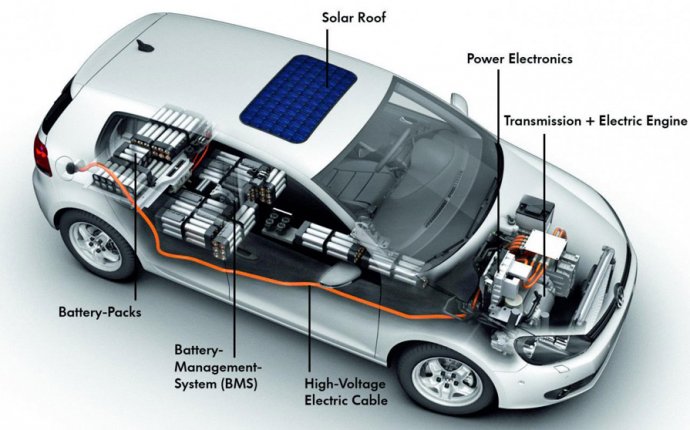
Electric Vehicles Technology
With their immense potential for increasing the country's energy security, economic vitality, and quality of life, plug-in electric vehicles (PEVs, including plug-in hybrid electric and all-electric) will play a key role in the country's transportation future. In fact, transitioning to a mix of plug-in electric and low-carbon fuels and electricity could reduce greenhouse gas emissions by more than 80 percent and petroleum use almost entirely. For a general overview of plug-in electric vehicles, see Electric Vehicle Basics. The Vehicle Charging page provides information on both home and public charging, while the Tax Credits and Other Incentives page has sortable lists of federal, state, and utility incentives. The Vehicle Technologies Office (VTO) supports a variety of work to lower the cost and increase the convenience of PEVs.
The majority of PEVs’ fuel savings and additional cost come from batteries and electric drive systems. VTO is collaborating with national laboratories and industry to improve these by:
While these systems are unique to electric drive vehicles, a number of other technologies can also be used in PEVs to reduce cost and improve all-electric range, including lightweight materials, advanced combustion engines (for plug-in hybrid electrics), and advanced lubricants. Improving the materials used in electric drive systems can also increase their performance and efficiency. To maximize these technologies’ effectiveness, researchers use simulation and modeling software to create “virtual vehicles” based on data collected from vehicles on the road and in the laboratory. VTO selects research and development projects through a competitive solicitation process and offers funding opportunities throughout the year.
VTO is also working with national laboratories and key stakeholders to advance the development and use of PEV charging infrastructure. Three broad principles guide VTO efforts in this area and are intended to support communities, companies, and other stakeholders as they plan for future PEV charging availability.
All of this work, spanning R&D, analysis, and technical information resources not only leverages the unique capabilities and deep technical expertise of our national laboratories, but also involves close coordination with other Federal agencies, including the U.S. Department of Transportation, state and local governments, industry partners, and other key stakeholders to serve current and future PEV drivers across America.









